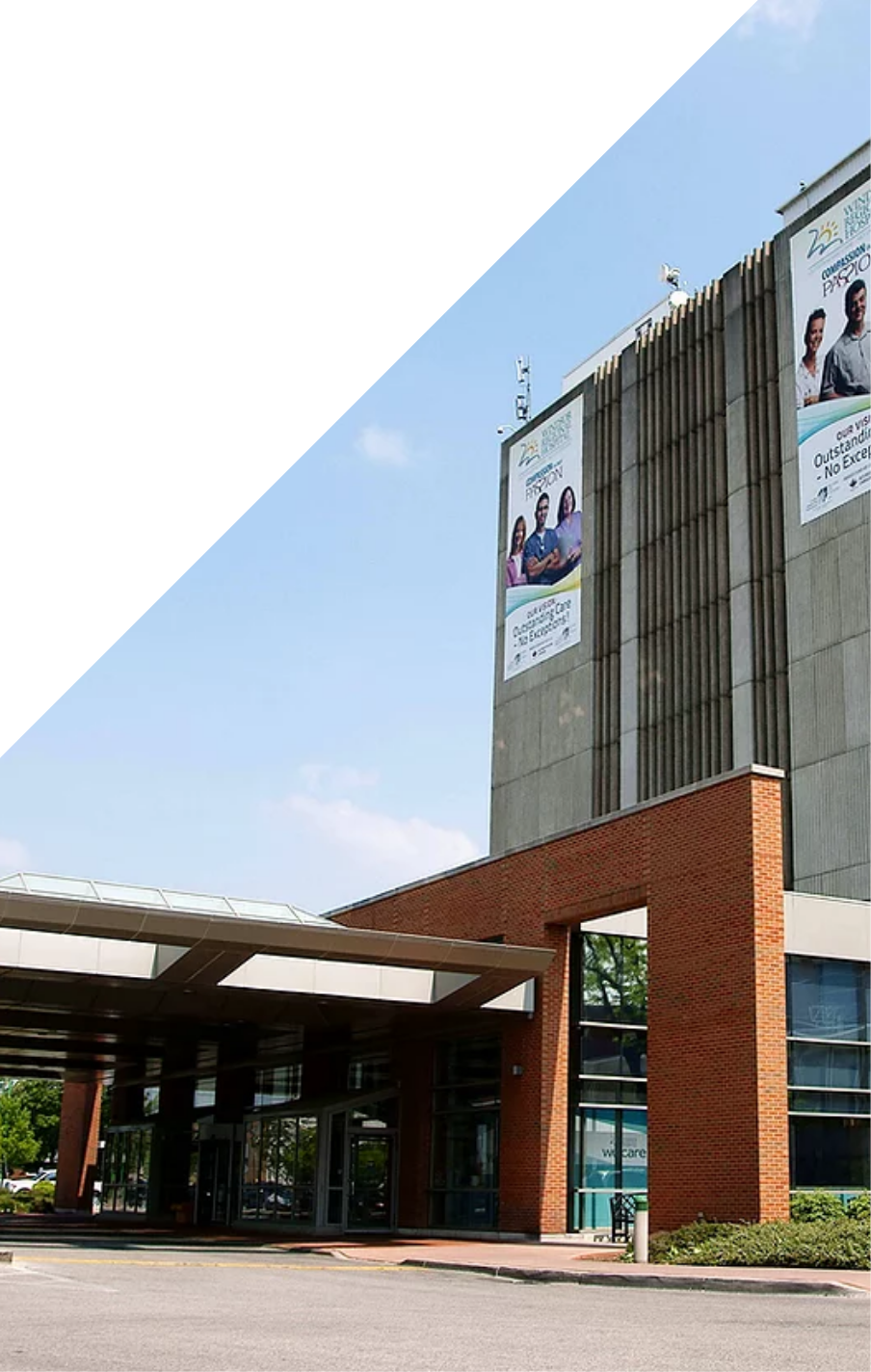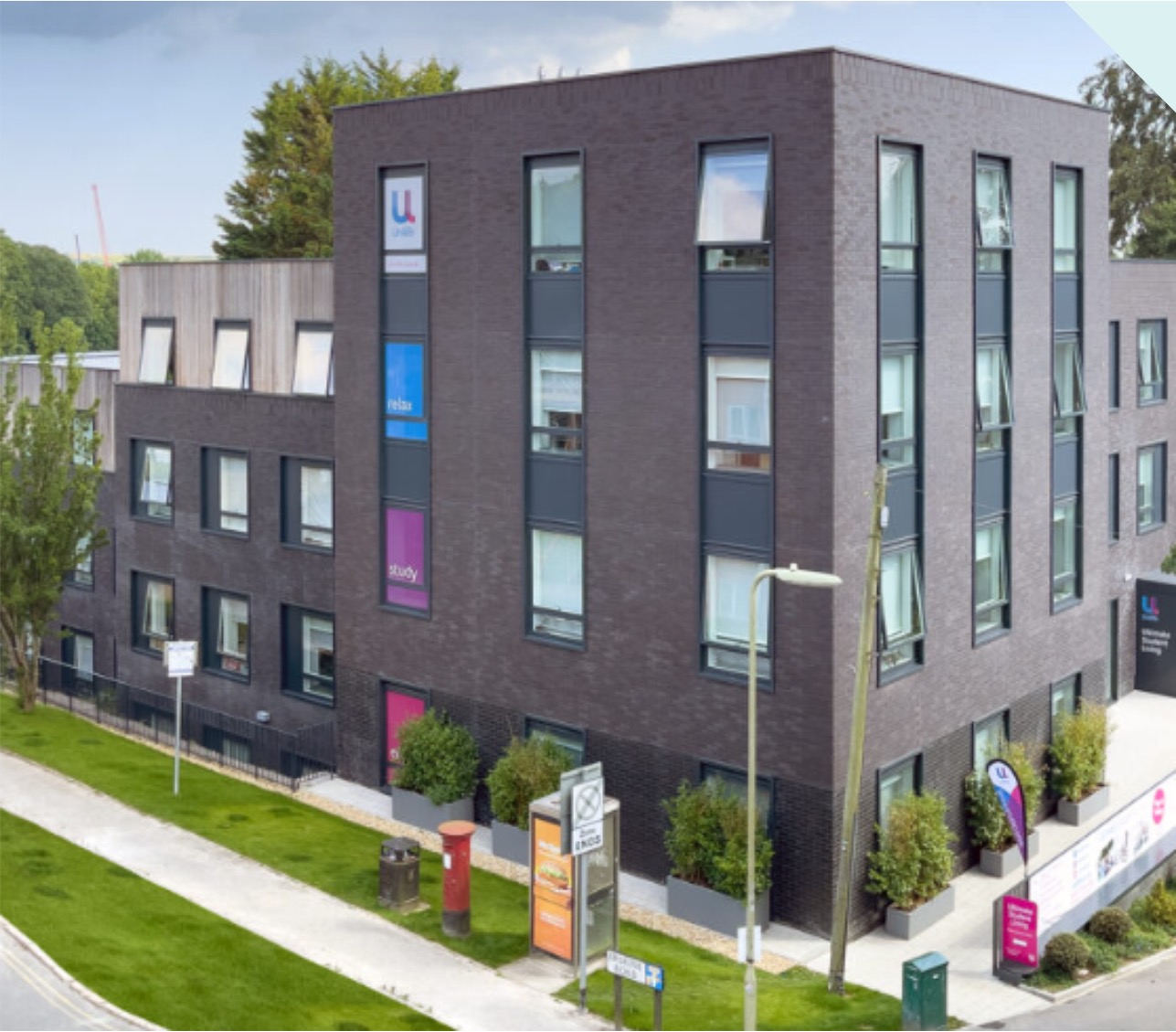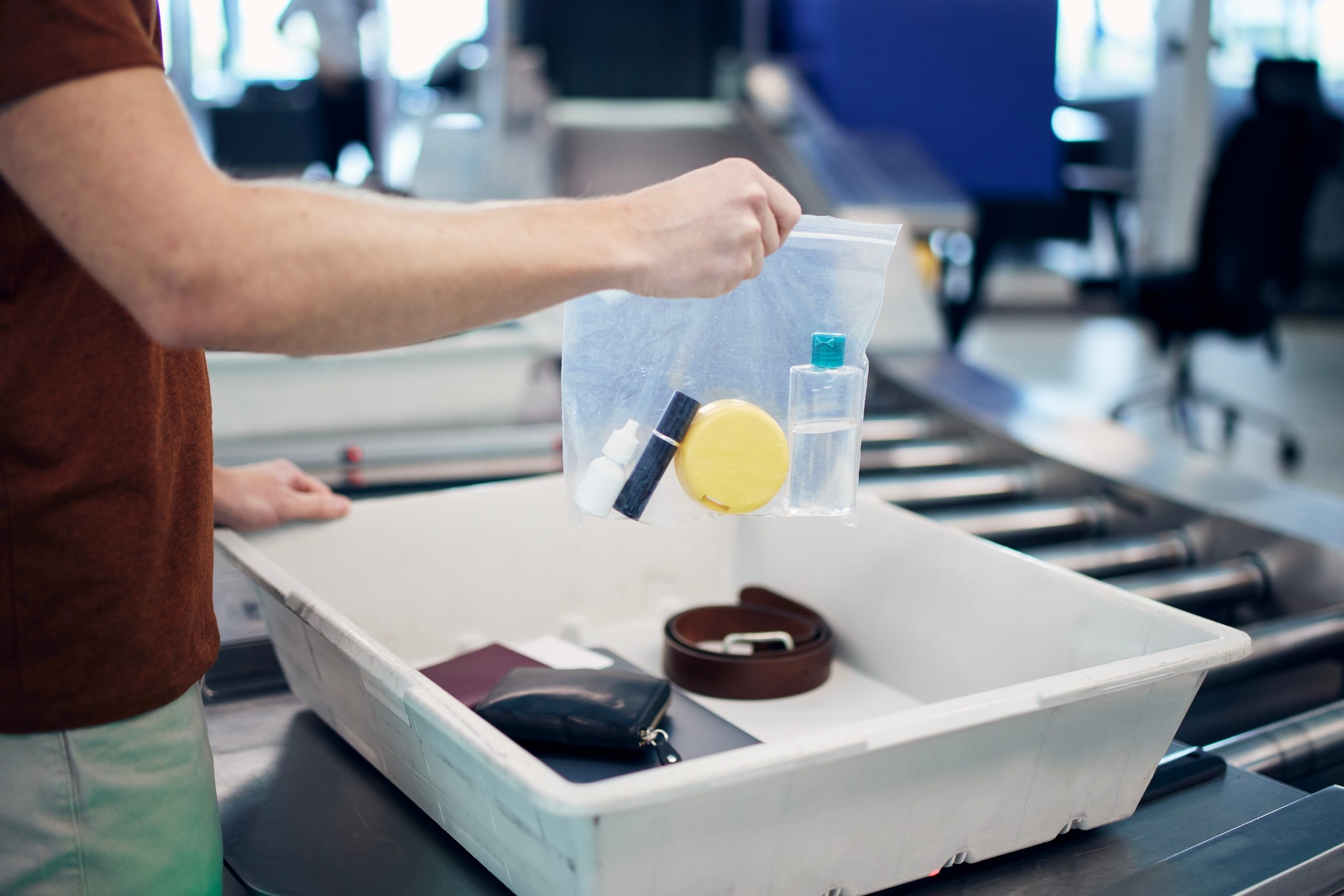Healthcare
Ambulatory fracture clinic improvement project
Ambulatory fracture clinic improvement project
Our team were engaged to improve the flow of the patients, improve processes and reduce wait times.
Windsor Regional Hospital is one of the largest community hospitals in the province of Ontario. Serving more than 400,000 people, it provides advance care such as regional cancer services, paediatric services, intensive care, family birthing centre, stroke and neurosurgery, and a broad range of medical and surgical services.
The hospital operates clinics at two sites, offering the same range of services with variances in approach, timing and staff roles. Fracture Clinic patients routinely waited up to 3 hours greatly reducing patient satisfaction. We were engaged to improve the flow of the patients through the fracture clinic, reduce wait time and improve the processes for the fracture clinic staff members.


Results
Improved clarity, effectiveness and efficiency of processes
Improved staff engagement
Observations
By creating a fracture clinic improvement team, our team facilitated a process mapping event to discover which processes in both fracture clinics were valued added and which were non-valued added.
KEY ISSUES:
- Patients were scheduled into only two time slots at each clinic, with up to 30 patients in each time slot.
- The method of scheduling patients didn’t take into account different procedure types with different durations.
- Although the Fracture Clinic has many referring entities, no standard referral for clarity and simplicity had been created, resulting in large variances in the information being provided, leading to multiple errors and re-work on the part of the clinic staff
- A lack of clear process between the fracture clinic and the x-ray rooms where found to cause x-ray errors.
- Often times the Emergency fracture clinic would run over their allotted time into the regular fracture clinic causing delays.
- Due to poor scheduling of patients, the fracture clinic team would often incur overtime of 2 hours per week.
Objectives
A cross-functional team comprised of front line clerks, nurses, x-ray technicians clinical managers, and physicians was created.
- Front staff was trained in Lean methodology and 2 front line project leads were chosen to move the project forward.
- Our team coached the front line leads and worked side by side with them ingraining lean thinking and methodology.
- Weekly project team meetings and weekly Leadership update huddles
- Our team implemented our standard PMO to track weekly progress and Key Performance Indicators on the project.
- Data such as time studies on patient wait times, referral errors and x-ray errors were collected. Patient experience surveys were created and collected to determine areas of concern in the patient experience.
Actions
- An evidence-based scheduling grid with discrete appointment times determined through review of time study data was developed.
- A standard referral was created, tested and implemented within the hospital and across the community partners.
- The flow of documentation was improved by simplifying the number of documents and the information required for work to be done.






























